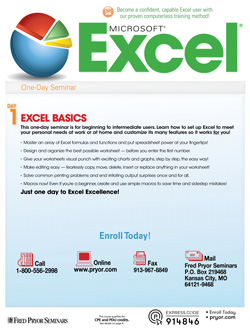Before the pandemic, remote employees only made up 5% of the professional workforce. According to data scientists at Ladders, remote employment among business professionals rose to 15% and is projected to grow to more than 25% by next year. Business experts agree that remote employment is here to stay.
The lifestyle and cost savings benefits of working from home are beneficial, however the lack of direct managerial oversight presents a daunting scenario. Working remotely requires self-motivation and discipline. How do you set yourself up for professional success while contributing as a virtual employee?
In this course, we will give you the skills and best practices to set up your workspace, stay motivated, better manage your time and actively engage with your virtual and on-site co-workers. Whether working on-site or at home, it is still ideal to have best practices and procedures to follow in order to achieve productivity and success in off-site environments.

The lifestyle and cost savings benefits of working from home are beneficial, however the lack of direct managerial oversight presents a daunting scenario. Working remotely requires self-motivation and discipline. How do you set yourself up for professional success while contributing as a virtual employee? In this course, we will give you the skills and best practices to set up your workspace, stay motivated, better manage your time and actively engage with your virtual and on-site co-workers. Whether working on-site or at home, it is still ideal to have best practices and procedures to follow in order to achieve productivity and success in off-site environments.
- Cultivating a dedicated workspace.
- Achieving a productive mindset.
- Ways to defeat procrastination.
- How to establish a routine.
- Identifying work-from-home distractions and eliminate them.
- Setting rules and parameters for yourself.
- Scheduling and managing time.
- Determining a manageable workload.
- Self-care, health and wellness.
- The power of organization.
- Participating in, or conducting virtual meeting.
- Understanding the importance of video vs. audio during “team huddles.”
Any and all employees who are switching to, or even curious about, transitioning to a remote work environment.


